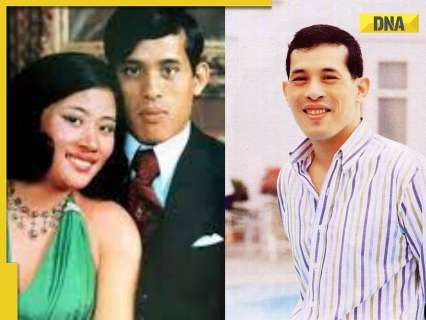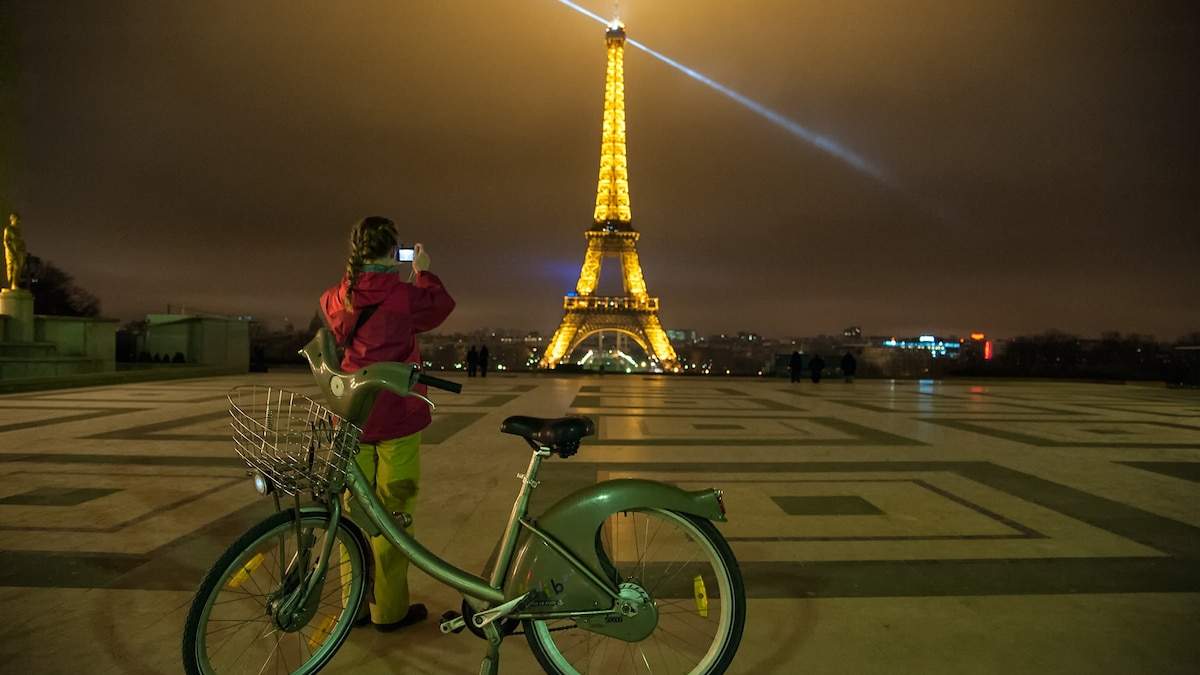Now Reading: Black dandyism, this year’s Met Gala theme, explained
-
01
Black dandyism, this year’s Met Gala theme, explained
Black dandyism, this year’s Met Gala theme, explained

Throughout history, fashion has served as a fundamental political tool. Christian Dior’s “New Look” dresses signaled post-war optimism in the ‘40s; women wore miniskirts in the ‘60s to assert their own liberation; and Black Panthers made berets part of their uniforms in the ‘70s. However, very few, if any, politically charged fashions can match the vitality and enduring spirit of Black dandyism.
The movement started with white British dandies, but Black communities eventually adopted it to challenge stereotypes, assert their own individualism and freedoms, and continuously bend fashion trends to their will. Black dandyism has transcended eras, and its impact still rings throughout culture today.
“Dandyism travels through lots of time and space,” says Tonya Blazio-Licorish, author of Black in Fashion: 100 Years of Style, Influence and Culture and archives editor of Women’s Wear Daily.
This year, the Met’s 2025 Costume Institute Gala will celebrate Black dandyism through its theme, “Superfine: Tailoring Black Style.” Here’s what to know about the movement and its significance throughout history, leading up to today.
(A short history of the Met Gala and its iconic looks.)
What is Black dandyism?
It’s not hard to draw on the traditional image of a dandy: a tailored jacket with long tails, a flamboyant hat, cravats billowing out of a vest, generous splashes of color, and maybe a finely waxed mustache.
However, Black dandyism is a term that defies easy definition. This sartorial movement spans centuries, envelops many modes of dress, and finds new heroes in each generation.

André Leon Talley—the late fashion editor and creative director of Vogue—was known for his statement-making attire in the spirit of Black dandyism. In this series of photographs taken in the 1970s, he can be seen in the tailored menswear that is a staple of the aesthetic.
Photograph By Michel Maurou/WWD/Penske Media,Getty Images| Sal Traina/Penske Media ,Getty Images| Darleen Rubin/WWD/Penske Media via Getty Images

Stylist and fashion icon Law Roach poses with the actress Kerry Washington, left, at a fashion industry gala in New York in 2022. Roach styled Vogue’s May issue dedicated to Black dandyism in celebration of the 2025 Met Gala.
Photograph By Nina Westervelt/The New York Times/Redux
The unifying force around Black dandyism is its radical political intent. “Black dandyism is the strategic and often subversive use of style by people of African descent to assert individuality, challenge stereotypes, and reimagine black identity,” says Jonathan Michael Square, assistant professor of Black visual culture at Parsons Design School. “It’s not just about aesthetics; it’s a profoundly political act.”

NBA star and fashion icon Russell Westbrook dyed his hair to match his suit at the 2021 Met Gala.
Photograph By Calla Kessler/The New York Times/Redux
The origins of Black dandyism
The term “dandy” captures the zeal and panache of someone having too much fun to even care whether or not they’ve crossed the line. The preeminent early dandy is Beau Brummell, the Regency-era (1795 to 1837) white Englishman who dressed so well that he managed to influence the British monarchy—all before the invention of TikTok.
In its early stages, Black dandyism served as a form of assimilation. Former slaves and Black servants used their finely tailored clothes to mirror the dress of high-society European whites. For Black men specifically, the meaning of these garments takes on a much more loaded message, as they used dandyism to assert what had long been denied to them: individuality and freedom.
Born into slavery, Frederick Douglass escaped his bondage in 1838 and became the most persuasive orator for the cause of abolition, among other reformist causes. He challenged stereotypical notions of Black people with both his rhetoric—and his meticulously styled appearance in the dandyism aesthetic.
Photography The Rubel Collection, The Metropolitan Museum of Art

Black dandyism is a fusion of both performance and protest. In this image an artist’s three-piece suit is made entirely from cracked mirrors and glass.
Photograph By Stephan Gladieu, Nat Geo Image Collection

From the earliest days, this fashion aesthetic subverted racial stereotypes. “In colonial societies where clothing was a marker of status and civility, the appearance of a well-dressed black person was inherently disruptive,” says Jonathan Michael Square, assistant professor of Black visual culture at Parsons Design School.
Photograph By George Kendall Warren, Getty Museum Collection
“From its earliest incarnations, Black dandyism unsettled the visual codes of racial hierarchy,” Square says. “In colonial societies where clothing was a marker of status and civility, the appearance of a well-dressed black person was inherently disruptive.”
For Black people, dandyism surged with a political charge. In the 1800s, thought leaders like Frederick Douglass challenged stereotypical notions of Black people with both his rhetoric and meticulously styled appearance. Even eras of Black dandyism that started apolitically eventually took on an air of protest. The Zoot suit, for example, with its exaggerated proportions and elaborate accompaniment of accessories, began as a form of expression for Black people in the first half of the 20th century; but Zoot suiters soon became the targets of attacks from policeman, and the Los Angeles City Council even debated banning the style in 1943 after the Zoot Suit Riots.

The short film Slumflower—a visually driven editorial about the fallacies around public housing in the United States—centers around a little boy, who endeavours to find the beauty in would what would otherwise be considered a concrete jungle. Along with 20 odd immaculately dressed men, the use of high end design tells a story of dreamers, of what could be and what should be.
Photograph By Rog Walker
Fashion as protest
Monica Miller, author of Slaves to Fashion—the basis of this year’s exhibit at The Costume Institute—and a guest curator of the museum’s show, described protest as the defining feature of Black dandyism.
You May Also Like
“Dandyism can seem frivolous,” she said in a statement issued at the time of the show’s announcement, “but it often poses a challenge to or a transcendence of social and cultural hierarchies.”
This is what makes Black dandyism hard to characterize: it’s a sartorial movement defined more by idea than strict dress codes. “The tradition has always been about more than sharp tailoring; it’s about using clothing to rewrite the rules of identity,” Square adds.
In modern times, Black dandyism has expanded its scope to take on more than Black identity. The late designer Virgil Abloh introduced the codes of streetwear to Louis Vuitton, upending fashion’s grandest stages in Europe with an inherently Black style. Square cites how modern-day figures like Billy Porter, Lena Waithe, and RuPaul keep Black dandyism alive to blur gender lines, challenging an entirely separate yet still outmoded set of rules.

Photograph By Matthew Pandofe


Fashion on display at a tribute to James Brown at the Apollo Theatre in Harlem in 2006. While Dandyism can be about a mustachioed man in a finely tailored suit, it encompasses everything from the Zoot suit era and James Brown’s jumpsuits to Andre 3000’s suspenders and Big Boi’s fur coat.
Photograph By hristopher Anderson/Magnum Photos (Top) (Left) and Photograph By Christopher Anderson/Magnum Photos (Bottom) (Right)
Black dandyism at the Met Gala
This is the first year in the museum’s history that the exhibit will highlight menswear—which is especially notable due to the way suits often anonymize whoever’s wearing them. “Tailoring sets the tone for the average man, not the extraordinary man,” Blazio-Licorish says. “Dandyism becomes extraordinary in that way.”
And extraordinary dressing is what the Met Gala was built to showcase. Attendees of the May 5 event will have to balance Black dandyism’s high-flying style while keeping in mind its political, cultural, and intellectual roots.
Scholars like Square are thrilled to see Black dandyism on this massive stage—“if done well,” he adds. “It can be a moment of both celebration and critical reflection.” Typically, the event generates frothy fun, but it wouldn’t be a celebration of Black dandyism without the thrum of a challenge.

Fashion designer Daniel Day, better known as Dapper Dan, at the 2021 CFDA Fashion Awards, where he received the Geoffrey Beene Lifetime Achievement Award. In anticipation of the 2025 Met Gala, he wrote on Instagram, “Look for meaningful messaging in attire. No one gets dress by accident getting dress is always intentional. Everything one wears makes a statement, what the Dandy wears tells a story.”
Photogrpah By Krista Schlueter/The New York Times/Redux























